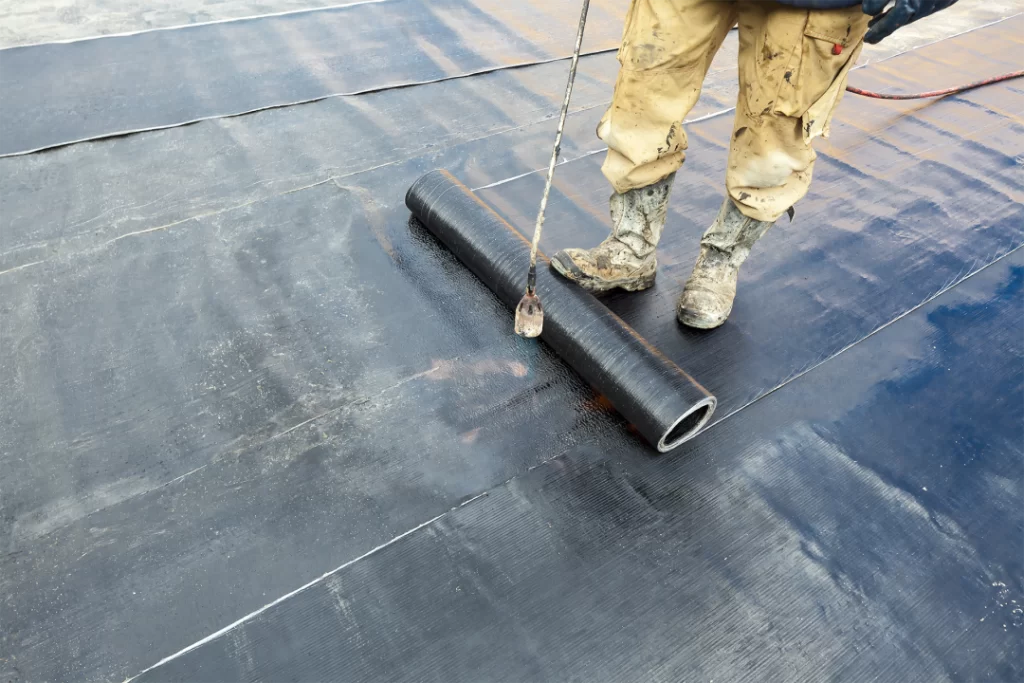App Membrane Waterproofing

Advantages of Membrane Waterproofing:
Superior Water Resistance: Membrane waterproofing systems offer exceptional resistance to water penetration, ensuring long-lasting protection against leaks and moisture-related issues.
Versatility: These systems can be applied to various surfaces, including roofs, basements, tunnels, swimming pools, and decks, making them highly versatile.
Flexibility: Membrane materials are flexible, allowing them to accommodate structural movements without cracking or tearing, thus maintaining their waterproofing integrity.
Durability: High-quality membranes are designed to withstand extreme weather conditions, UV radiation, and chemical exposure, ensuring their longevity and performance.
Easy Installation and Maintenance: Membrane waterproofing systems are relatively easy to install, and routine maintenance involves minimal effort, reducing overall costs and time.
